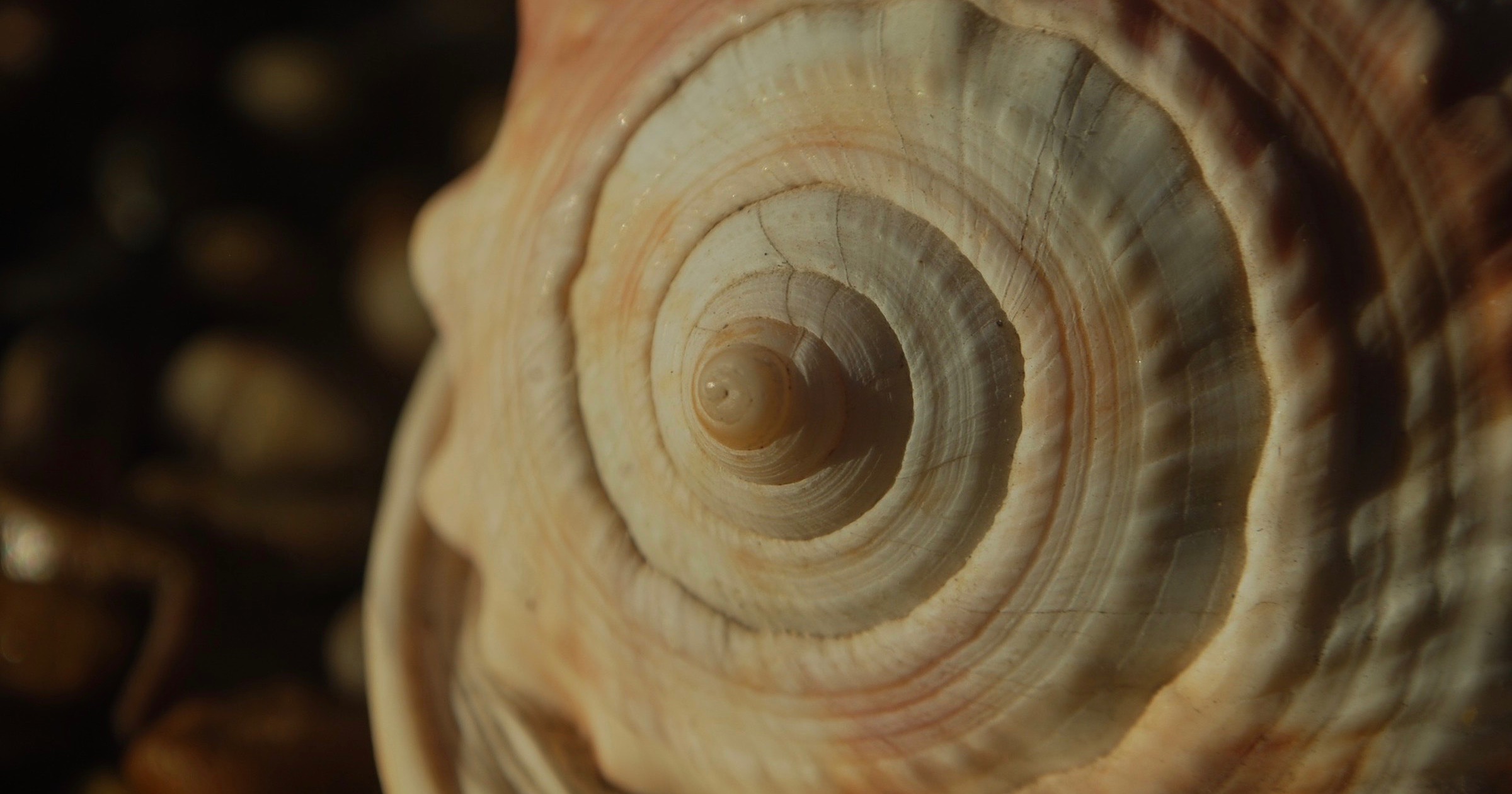 Neuroscience & Mind
Neuroscience & Mind
 Physical Sciences
Physical Sciences
Is Life After Death Incompatible with Physics?

Back in 2011, particle physicist Sean M. Carroll wrote a guest blog at Scientific American, dismissing the idea of life after death or the immortality of the soul. He began by responding to astrophysicist Adam Frank’s reflections at NPR:
For myself I remain fully and firmly agnostic on the question. If ever there was a place where firm convictions seem misplaced this is it. There simply is no controlled, experimental verifiable information to support either the “you rot” vs. “you go on” positions.
In the absence of said information we are all free to believe as we like but, I would argue, it behooves us to remember that truly “public” knowledge on the subject — the kind science exemplifies — remains in short supply.
ADAM FRANK, “THE FINAL WORD ON LIFE AFTER DEATH” AT NPR (MAY 17, 2011)
Carroll was having none of that!
I have an enormous respect for Adam; he’s a smart guy and a careful thinker. When we disagree it’s with the kind of respectful dialogue that should be a model for disagreeing with non-crazy people. But here he couldn’t be more wrong.
Adam claims that there “simply is no controlled, experimental[ly] verifiable information” regarding life after death. By these standards, there is no controlled, experimentally verifiable information regarding whether the Moon is made of green cheese.
SEAN M. CARROLL, “PHYSICS AND THE IMMORTALITY OF THE SOUL” AT SCIENTIFIC AMERICAN (MAY 23, 2011)
Statements, in Order
He makes a number of specific statements. Let’s take them in turn, numbered for convenience:
- “Admittedly, “direct” evidence one way or the other is hard to come by — all we have are a few legends and sketchy claims from unreliable witnesses with near-death experiences, plus a bucketload of wishful thinking.”
Actually, the ability of modern medical practice to manage states of death has added a good deal to our knowledge of near-death experiences (NDEs) in recent years, as agnostic psychiatrist Bruce Greyson notes in his recent book After (MacMillan, 2021). He told Big Think:
When I first started looking into near-death experiences back in the late-1970s, I assumed that there would be some physiological explanation for that. What I found over the decades was that the various simple explanations we could think of like lack of oxygen, drugs given to the people and so forth, don’t pan out- the data do not support them. And furthermore, the phenomena of NDEs, of near-death experiences, seem to defy a simple, materialistic explanation. When we first started presenting this material in medical conferences, there would be a polite silence in the audience. And now in the 21st century, when we do this, it’s rare that doctors don’t stand up in the audience and say, ‘Let me share my experience with you.’ So it’s pretty well accepted now that these are common experiences that people have all the time, and that have profound effects. There’s still, of course, a lot of controversy about what causes them, but not about the fact that they exist, and are fairly common.
BRUCE GREYSON, “ARE NEAR-DEATH EXPERIENCES REAL? HERE’S WHAT SCIENCE HAS TO SAY.” AT BIG THINK
According to a study published last year, “Due to advances in resuscitation and critical care, many people are surviving near-death experiences. Survivors’ recalled experiences are not consistent with hallucinations, but instead, follow a specific narrative arc involving perception.” (Neuroscience News, April 7, 2022) Also, “So far, the researchers say, evidence suggests that neither physiological nor cognitive processes end with death and that although systematic studies have not been able to absolutely prove the reality or meaning of patients’ experiences and claims of awareness in relation to death, it has been impossible to disclaim them either.” (Science Daily, April 7, 2022)
Carroll wrote as he did in 2011. Far from “science marching onward” and proving him right, science is making the accounts of NDEs harder to just disclaim.
- “Claims that some form of consciousness persists after our bodies die and decay into their constituent atoms face one huge, insuperable obstacle: the laws of physics underlying everyday life are completely understood, and there’s no way within those laws to allow for the information stored in our brains to persist after we die. If you claim that some form of soul persists beyond death, what particles is that soul made of? What forces are holding it together? How does it interact with ordinary matter?”
Well, first, consciousness is called the “Hard Problem” for a reason. How does our consciousness interact with ordinary matter even when we are alive? We know that, generally, consciousness is related in some way to the brain. Just how is unclear. Philosopher David Chalmers told Closer to Truth, “I banged my head against the wall for years trying to come up with a physically based theory of consciousness” — until he finally accepted that, like information, consciousness is immaterial. How does consciousness or information interact with matter? We aren’t yet sure but we can at least avoid improbable or implausible assumptions such as that they would behave in a material way.
A Fact About Consciousness
A philosophical programmer, Bernardo Kastrup, also asks us to consider this fact about consciousness: “I certainly believe in consciousness after death. I believe that our core subjectivity, that implicit, innate sense of ‘I’-ness, remains undifferentiated. That’s the reason you still think you are the same person you were when you were five years old even though everything about you has changed. Every atom in your body has already departed, and new atoms are in. Your thoughts are different, your emotions are different, your memories are different. Everything is different about you, but your core subjectivity is the same. That’s why you think of that kid as you, even though everything else about that kid was different.” So our consciousness, or soul if you like, outlives a number of iterations of matter even when we are alive.
- “Even if you don’t believe that human beings are ‘simply’ collections of atoms evolving and interacting according to rules laid down in the Standard Model of particle physics, most people would grudgingly admit that atoms are part of who we are. If it’s really nothing but atoms and the known forces, there is clearly no way for the soul to survive death. Believing in life after death, to put it mildly, requires physics beyond the Standard Model. Most importantly, we need some way for that ‘new physics’ to interact with the atoms that we do have.”
Well, how does the Standard Model of physics interact with immaterial consciousness before death? The Standard Model may or may not be the best model (among mainstream physicists, that’s far from certain). But each of us is far more certain of our own consciousness than any of us can be of the Standard Model.
- Carroll also offers an argument from evolutionary biology: “Presumably amino acids and proteins don’t have souls that persist after death. What about viruses or bacteria? Where upon the chain of evolution from our monocellular ancestors to today did organisms stop being described purely as atoms interacting through gravity and electromagnetism, and develop an immaterial immortal soul?”
Reason and Moral Choice
Where? Humans have traditionally been thought to have immortal souls because we are conscious of immaterial abstractions like reason and moral choice. Those things don’t simply die and disintegrate and, it is held, neither do we.
He concludes, “There’s no reason to be agnostic about ideas that are dramatically incompatible with everything we know about modern science. Once we get over any reluctance to face reality on this issue, we can get down to the much more interesting questions of how human beings and consciousness really work.”
If Carroll had seriously attempted to figure out consciousness on a materialist basis, he would have learned that by 2019, an article in Chronicle of Higher Education was describing the whole field as bizarre. The problem is that science, seen clearly, just isn’t going in the materialist direction that he outlines and defends.
Cross-posted at Mind Matters News.


